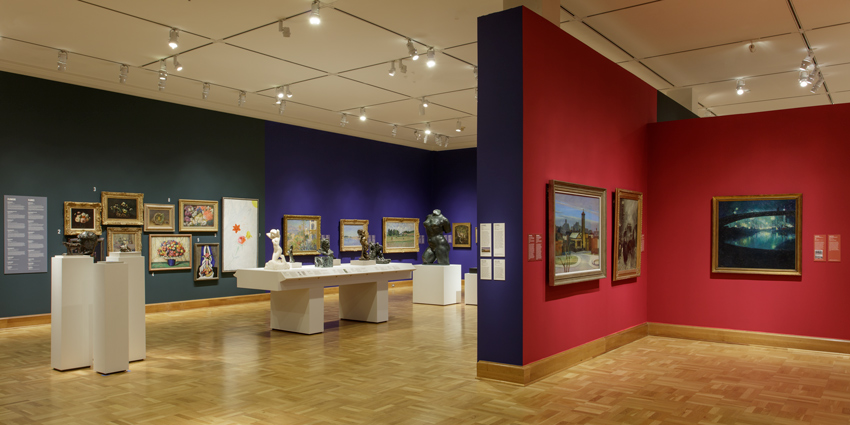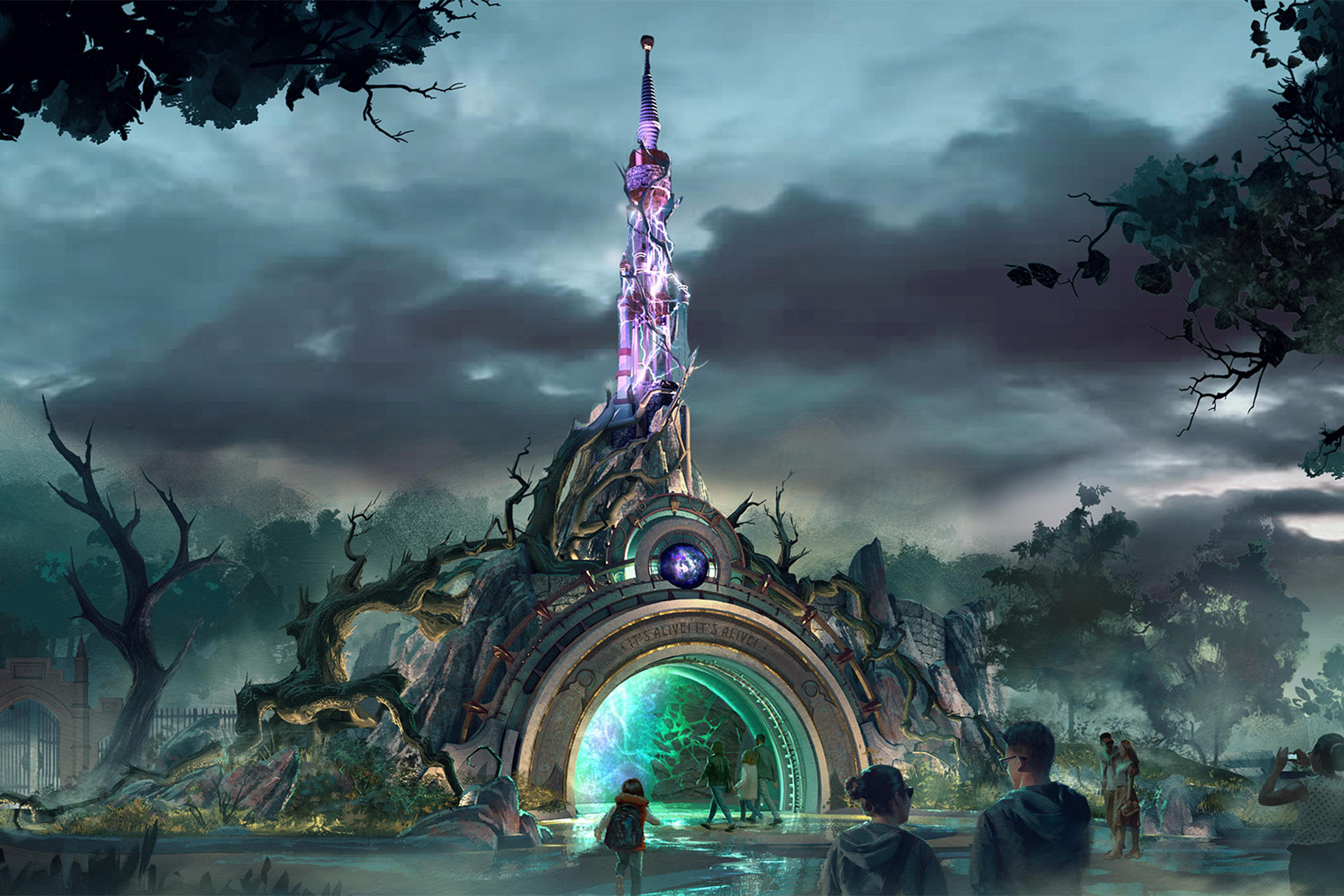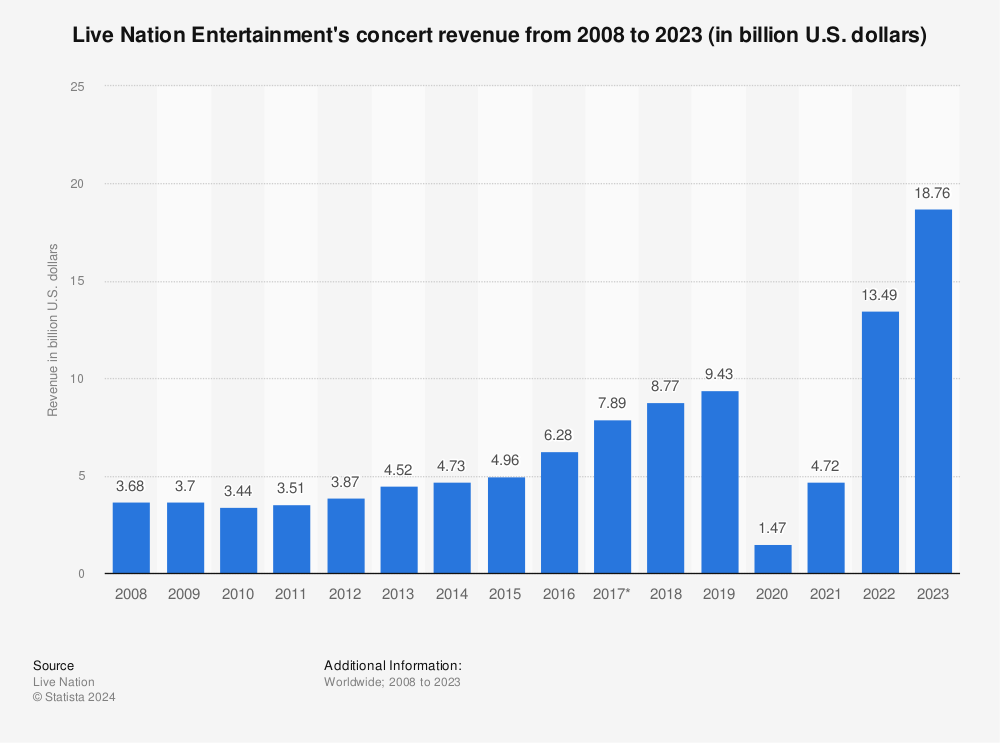Analyzing The Global Artworld (1850-1950): An Art Review

Table of Contents
The Rise of Modernism and its Diverse Manifestations
The late 19th and early 20th centuries saw the explosive rise of Modernism, a radical departure from traditional artistic conventions. Analyzing the global artworld (1850-1950) through the lens of Modernism reveals its diverse and multifaceted nature, encompassing a multitude of styles and approaches.
Impressionism and its Legacy
Impressionism, born in France, revolutionized painting with its emphasis on capturing fleeting moments and the effects of light and color. Artists like Claude Monet, Pierre-Auguste Renoir, and Edgar Degas, pioneers of this movement, broke away from academic traditions.
- Key characteristics of Impressionism: Emphasis on capturing the ephemeral effects of light, visible brushstrokes, and a focus on everyday subjects.
- Influence on subsequent movements: Impressionism paved the way for Post-Impressionism, a movement that built upon its innovations while exploring individual expression more deeply.
- Geographical limitations and global spread: While initially a French phenomenon, Impressionism's influence rapidly spread across Europe and beyond, impacting artistic styles worldwide. Its impact on French art, in particular, is undeniable.
The Exploration of New Artistic Languages
Post-Impressionism, with artists such as Vincent van Gogh and Paul Cézanne, moved beyond Impressionism's focus on light to explore subjective emotions and personal expression. Simultaneously, other movements emerged, each with its unique artistic language:
- Fauvism (Matisse): Characterized by bold, vibrant colors and expressive brushwork.
- Expressionism (Munch, Kirchner): Focused on conveying intense emotions and subjective experiences through distorted forms and bold colors.
- Cubism (Picasso, Braque): Revolutionized representation through the fragmentation of objects and the use of multiple perspectives.
These modern art movements are intrinsically linked to the socio-political climate of the time, reflecting anxieties, upheavals, and a search for new meaning in a rapidly changing world. Analyzing the global artworld (1850-1950) requires understanding the interplay between these artistic expressions and their historical context.
Beyond Europe: Global Artistic Expressions
Analyzing the global artworld (1850-1950) isn't complete without acknowledging artistic developments outside Europe. The influence of Japanese woodblock prints on Western art, for example, is a testament to the interconnectedness of global artistic trends. Latin American modernism emerged as a powerful force, expressing unique cultural identities and challenging colonial legacies. Nationalism also played a significant role, influencing artistic styles and themes across various parts of the world.
- Specific examples: The impact of ukiyo-e prints on Impressionist and Post-Impressionist artists; the development of distinct national styles in Latin America; the rise of nationalist art movements in Asia and Africa.
- Interaction with Western art: The exchange of artistic ideas and styles between East and West highlights the interconnectedness of the global art world, challenging the Eurocentric narrative often associated with the study of art history.
- Impact of colonialism and globalization: Colonialism profoundly shaped artistic expression in many parts of the world, while globalization facilitated the exchange of ideas and styles, creating a more complex and interconnected global art scene.
The Socio-Political Context of Art
The period between 1850 and 1950 was marked by significant socio-political transformations. Analyzing the global artworld (1850-1950) requires understanding how these changes profoundly impacted artistic production and its role in society.
Art as a Reflection of Societal Change
Industrialization, urbanization, and the rise of new social movements deeply influenced artistic production. Artists responded to these changes by depicting the realities of their time, often serving as social commentators and critics.
- Examples: Realist paintings depicting the harsh conditions of industrial life and poverty; works of art reflecting the trauma and devastation of World War I; the rise of social realism as a means of expressing social and political critique.
- Role of art in social commentary and protest: Art became a powerful tool for social commentary, often challenging established norms and advocating for social change.
The Changing Role of the Artist
The 19th and 20th centuries witnessed a dramatic shift in the role of the artist. The traditional system of patronage declined, giving way to the modern art market, which profoundly changed the artist's status and relationship to society.
- Rise of art galleries and museums: These institutions played an increasingly important role in exhibiting, promoting, and shaping artistic trends.
- Emergence of the art critic: Art critics became influential figures in shaping public opinion and defining artistic standards.
- Impact of new technologies: Advances in photography and printmaking facilitated the wider dissemination of art, democratizing access to artistic expression and influencing artistic styles.
Conclusion: A Synthesis of the Global Artworld (1850-1950)
Analyzing the global artworld (1850-1950) reveals a period of unprecedented artistic innovation and transformation. The rise of Modernism, with its diverse manifestations, challenged traditional artistic conventions and reflected the profound social and political changes of the era. From Impressionism's celebration of light to Cubism's radical reimagining of form, these movements left an indelible mark on the history of art. Furthermore, the period highlights the interconnectedness of global art, showcasing artistic exchanges across continents and the impact of colonialism and globalization on artistic expression. The changing role of the artist, the rise of the art market, and the use of art as a tool for social commentary further enriched this complex and dynamic artistic landscape. Further analyzing the global artworld (1850-1950) through independent study will provide a more comprehensive understanding of this pivotal era.

Featured Posts
-
 Forum Du Logement Gencay Acceder A Un Logement
May 19, 2025
Forum Du Logement Gencay Acceder A Un Logement
May 19, 2025 -
 Planning Your Visit To Universals Epic Universe Themed Lands Attractions And Shows
May 19, 2025
Planning Your Visit To Universals Epic Universe Themed Lands Attractions And Shows
May 19, 2025 -
 Wnba Examining Claims Of A White Guilt Parade
May 19, 2025
Wnba Examining Claims Of A White Guilt Parade
May 19, 2025 -
 You Tuber Arrested For Spying Isi Connection And Punjab Espionage Ring
May 19, 2025
You Tuber Arrested For Spying Isi Connection And Punjab Espionage Ring
May 19, 2025 -
 Examining The Economic Influence Of Massive Rave Concerts
May 19, 2025
Examining The Economic Influence Of Massive Rave Concerts
May 19, 2025
